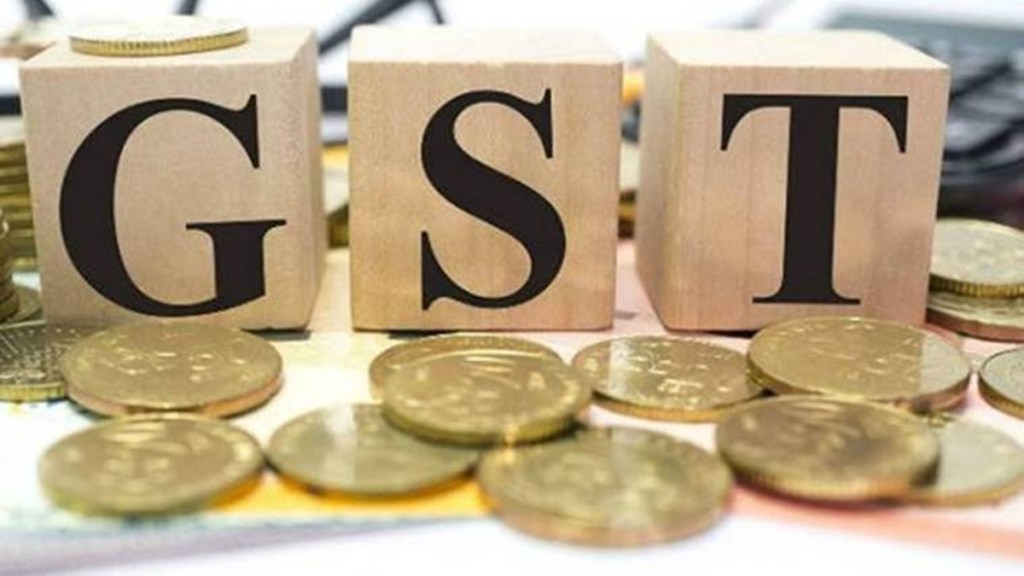India’s real gross domestic product (GDP) is estimated to grow 7% in FY23 from a year before, which is slightly above the forecasts by the central bank and the International Monetary Fund (IMF) but broadly in consonance with those of some other agencies.
While the National Statistical Office’s (NSO’s) first advance estimates for the full year helps India retain the status of the world’s fastest-growing major economy, it also brings to the fore the concerns of a sharp sequential deceleration in growth. The NSO has pencilled in a growth rate of just 4.5% for the second half of this fiscal, against 9.7% in the first half, as a favourable base effect wanes and external headwinds mount.
It also serves as a reminder that FY24 could be a more difficult year, as global growth slowdown accentuates and elevated domestic interest rates start to hurt demand expansion while a recent pick-up in contact-intensive services sectors loses momentum. But the Indian economy is still likely to display greater resilience than most others.
Also read: BluSmart aims to turn profitable by 2023-end
However, the nominal GDP growth of 15.4% for FY23, against the budget estimate of 11.1% (although the base was subsequently revised), will create space for an additional spending of Rs 97,080 crore by the government without breaching its fiscal deficit target of 6.44% of nominal GDP.
The large difference between the nominal and real GDP growth rates for FY23 is driven by the fact that wholesale price inflation, which influences the deflator more than retail inflation, remained mostly in double digit this fiscal. However, the deflator may ease in FY24 as the WPI inflation moderates at a sharp pace, which again will weigh on the computation of real growth. The gross value added for FY23 is expected to hit 6.7%, against 8.1% last year (which was, of course, on a contracted base).
What worries analysts is that the NSO has, in effect, predicted a 0.2% contraction in private consumption expenditure, the principal pillar of the economy, for the second half of this fiscal, even though the full-year growth is pegged at 7.7%. This indicates that the pent-up demand for goods, witnessed after the second Covid wave, has almost evaporated.
Surprisingly, the NSO has calculated an 11.9% rise in exports in real term for H2FY23 despite a demand slowdown for goods in key markets. This forecast, some analysts reckon, may have to be revised down once the provisional estimates for the full year is announced in May.
However, what comes as a relief for policymakers is that the NSO has factored in a decent 8.4% jump in gross fixed capital formation (GFCF) for the second half, upon a relatively unfavourable base, assuming that the government’s capex push and a revival of private investments in certain sectors will yield the dividend. For the full year, the growth in the GFCF is pegged at 11.5%, partly due to higher growth in the first half.
Also read: Mercedes-AMG E 53 Cabriolet launched in India: Priced at Rs 1.30 crore
The statistical body expects the feeble growth in manufacturing to improve a tad and hit 3% in H2FY23, against 0.1% in H1 and the projected 1.6% for the full year. But this is below par. Moreover, all services segments are expected to see slower growth in H2FY23. Trade, hotels, transport and communication services is estimated to grow 9.4% in the second half, against 19.5% in H1. Financial, real estate and professional services could grow 4.2% in H2, compared with 8.2% in H1 and public administration, defence and other services would barely grow at 1.7%, against 15.3%.
“The slowdown is expected to intensify next year, as global growth falls further. While domestic demand has stayed relatively resilient so far, it would be tested next year by weakening industrial activity. It will feel the pressure from increasing transmission of interest rate hikes to consumers as well, and as the catch-up in contact-based services fades,” Crisil chief economist DK Joshi said. Crisil has projected real GDP growth to slow to 6% next fiscal, “with risks tilted to the downside”, while nominal GDP growth may moderate to around 11%.
However, there could be some positive surprises when the first advance estimates are revised. Icra chief economist Aditi Nayar said at 2.7%, the NSO’s growth projection for agriculture for H2FY23 is slightly lower than her forecast. “Given the brisk sowing (y-o-y growth of 4.5% up to December 30), improved fertiliser availability and healthy reservoir levels, we expect rabi sowing in FY2023 to exceed year-ago levels by 1.0-2.0%, which would contribute to agricultural GVA growth of 3.0-4.0% in H2 FY2023, while entailing a base-effect led easing in Q4,” she said. However, she termed the projected 9.4% growth for the trade, hotels, transport and communication services segment for H2 “quite optimistic”. In contrast, its growth projections of just 1.7% for the public administration and other services segment “are on the lower side”, she said.
India Ratings principal economist Sunil Kumar Sinha said: “On the whole the first advanced estimates will cheer the government since the nominal GDP and, in turn, tax revenues are going to be much higher than budgeted and would provide adequate fiscal headroom to achieve the fiscal deficit target.”

